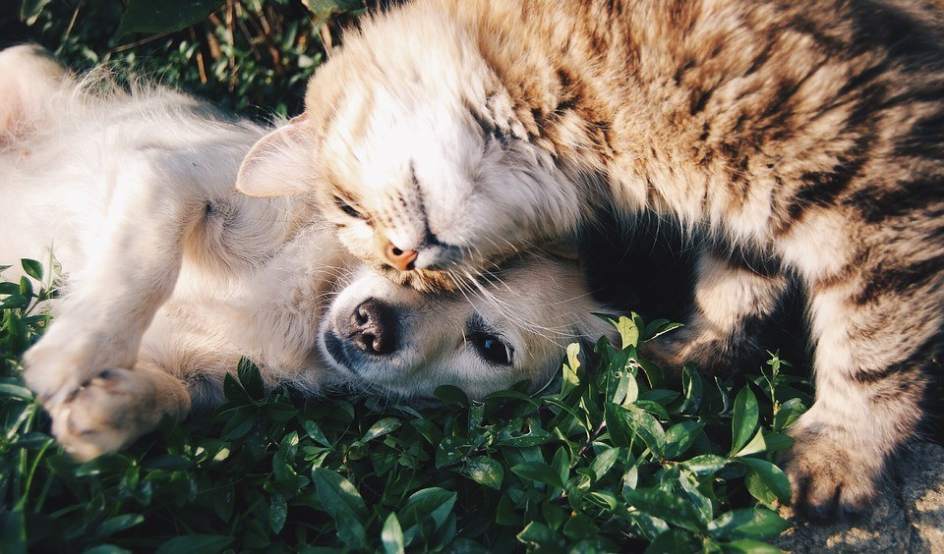The rare Havana cat, a breed with two different lines: European and American.

The havana cat, the only feline breed with brown vibrissae or whiskers, originated in England in the 1950s.
Two cat breeders, members of the European nobility, began breeding solid brown or chestnut cats with the appearance of Siamese and Oriental cats, which at the time, we recall, were very different from modern Siamese. To do this, they used such Siamese cats and black unbred cats. The first Havanese cats were created in Great Britain, but were later imported to the United States. There, U.S. importers created their own version of the breed.which is aesthetically different from the British version.
In the United States, and from these early imported cats, a separate breed was created called the havana brown (brown) which was slightly larger and had a softer coat than the original English Havanese. Meanwhile, in England, this recent breed was christened as the foreign chestnut and later they were allowed to be renamed havana by the Governing Council of the Cat Fancy (GCCF), one of the UK organizations responsible for registering and regulating cat breeding. Because of this, although British and North American Havanese cats have a common origin, they have evolved into two breeds. very different in appearance.

In the United States, the breed has been developed to have a longer, leaner body, while in the United Kingdom, Havanese are more compact and closer in appearance to the traditional Thai or Siamese, with a more rounded body. In all standards around the world, however, apart from the fact that they present a very different physical appearance depending on the line, the only color allowed is a deep chocolate brown. from the nose to the tip of the tail, and green eyes as intense as possible.
Active, curious and very affectionate.
Havanese cats, from both lines, are cats that are described as feline companions that border on perfection. Extremely attached to their family membersThey can develop separation anxiety and do not cope well with loneliness, so it is recommended that they live with other animals, either other cats or dogs. They are very tolerant and sociable with children of any age.. Most Havanas, if they receive the relevant socialization, will be extroverted, playful and very inquisitive. with their environment. Due to the presence of Siamese in their creation, they make great vocal use and are very meowy. They require little maintenance, and in addition they have a very low shedding.
For further information and to contact legal breeders, it is recommended to go to the International Feline Federation, the feline organization with federated breeders that is most abundant in Spain through its affiliate Asociación Felina Española (ASFE).
From Animaleros, we propose that responsible adoption should be valued and go to any animal collection center for advice about the cats that are waiting for a home and that best suits our habits, experience and expectations.






